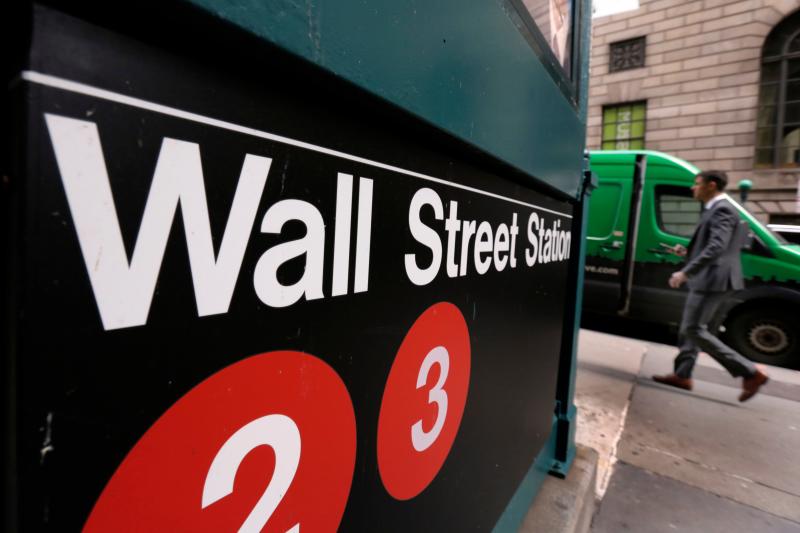Quiver Quantitative - Despite notable market volatility over the past two years, Wall Street brokers are experiencing a decline in revenue from institutional client services. Coalition Greenwich's study reveals that buy-side spending on trade execution and research dropped to $5.9 billion, an 11% decrease from the previous year and the lowest since 2011. This decline is primarily due to reduced commissions and the increasing adoption of cost-effective electronic trading.
The trend towards electronic trading, while advantageous in reducing operational costs, presents challenges for brokers. They face escalating costs in compliance and network connectivity, compounded by decreasing revenues. Jesse Forster, a senior analyst at Coalition Greenwich, highlights the squeeze brokers are facing with rising business costs and declining pricing power.
Market Overview: -Buy-side spending plunge: Equity trading and research payments from institutional investors tumbled 11% year-over-year, hitting a decade-low of $5.9 billion. -Digital onslaught: The rise of fintech and cheap electronic trading erodes brokers' revenue, forcing them to slash fees and compete on value. -Cost double whammy: Regulatory compliance and network expenses bite into margins, squeezing brokers between falling income and rising outlays.
Key Points: -Liquidity quest: Buy-side traders prioritize finding efficient counterparties to execute trades in volatile markets, demanding smart tech, data, and human expertise. -Skill still prized: Complex orders and larger trades necessitate skilled human intervention; even as electronic trading dominates simpler transactions. -Future of brokerages: Adapting to digital realities while retaining human expertise for intricate deals will be crucial for Wall Street firms to weather the market shift.
Looking Ahead: -Tech embrace: Brokers must invest in innovative technology and data analytics to stay relevant in the digital-driven market. -Human touch retained: Skilled professionals will still be needed for bespoke transactions and client relationship management. -Industry evolution: The traditional broker model will likely adapt and evolve, potentially through mergers, acquisitions, or specialized service offerings.
For buy-side traders, liquidity remains the primary concern, as per Bloomberg Intelligence’s study by Larry Tabb and Jackson Gutenplan. Efficiently matching trades requires substantial investment in technology, connectivity, and skilled staff. Despite the leaner, technology-driven trading environment, skilled traders remain essential for handling complex or large orders.
Coalition Greenwich’s report, based on interviews with 235 buy-side equity traders, underscores a broader shift in the financial services industry. As trading becomes more technologically driven, the balance between electronic efficiency and human expertise continues to evolve, shaping the future dynamics of Wall Street trading.
This article was originally published on Quiver Quantitative
